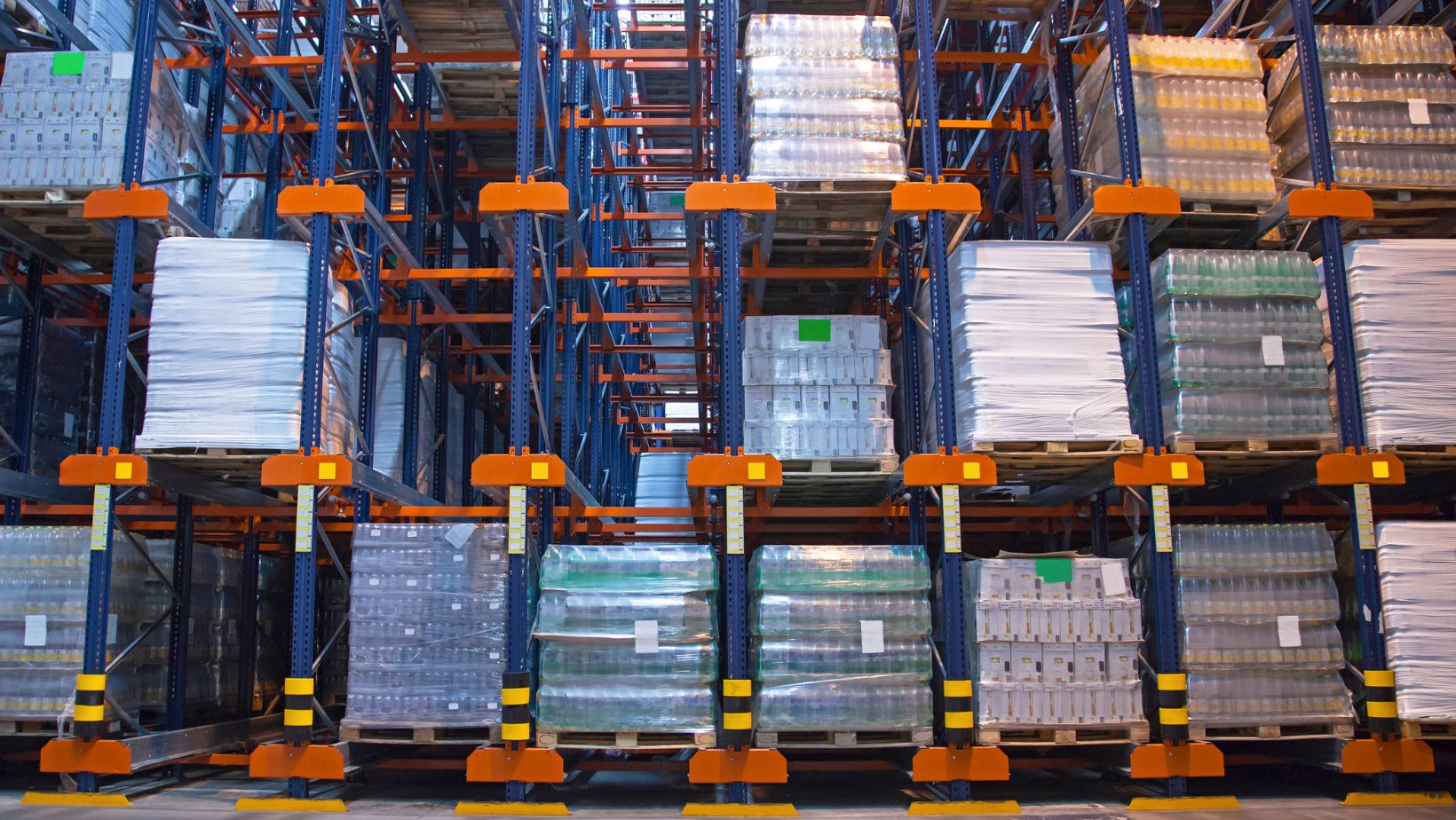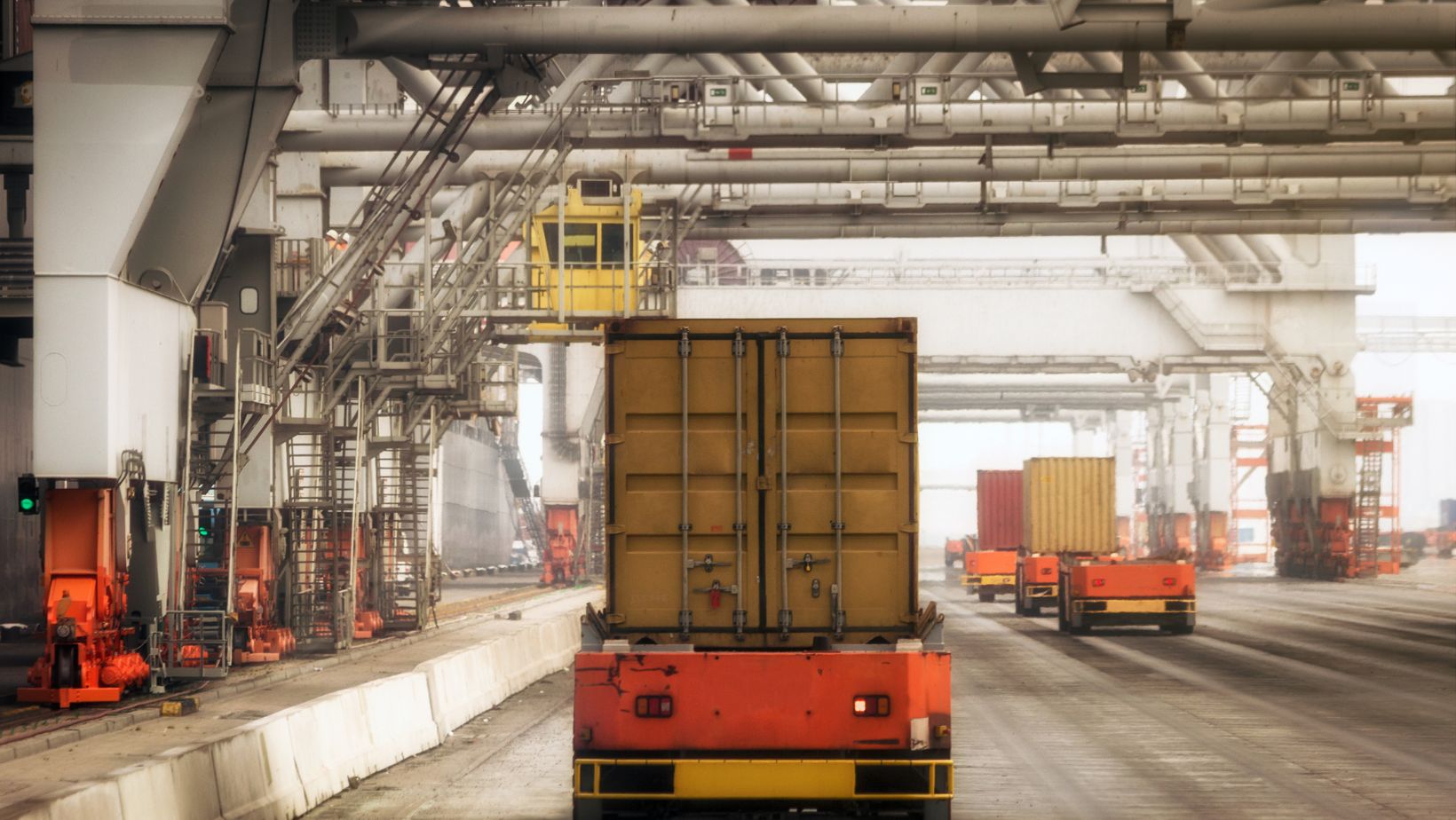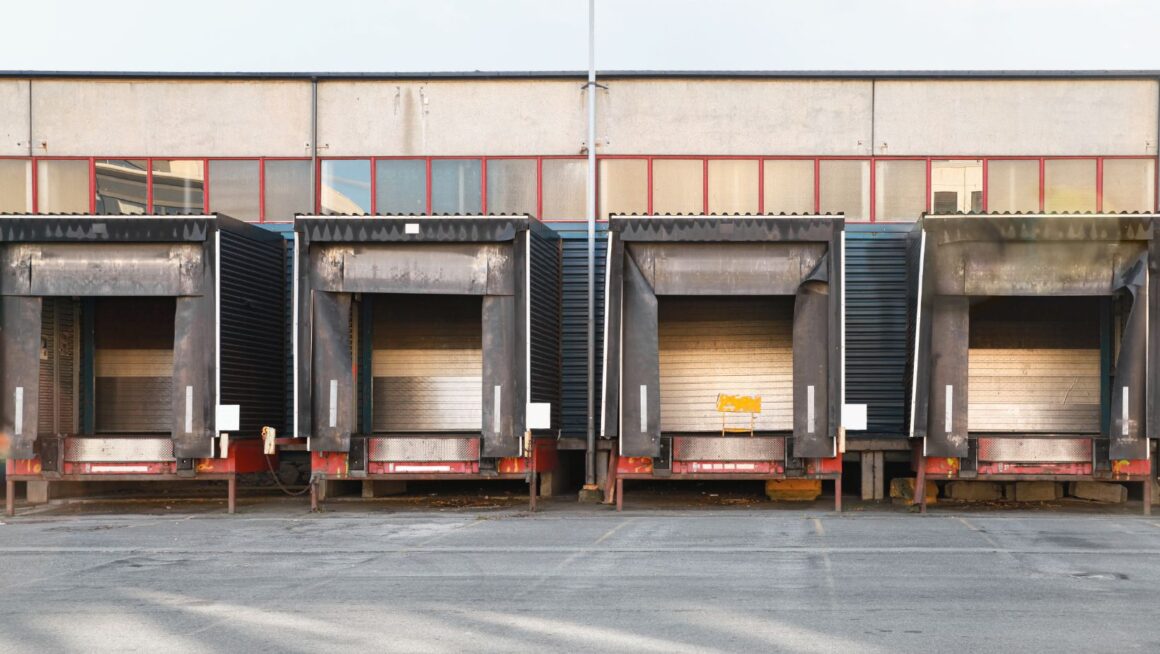While a lot has changed in the realm of logistics, simple issues like loading remain pertinent to a wide range of businesses. Working out how to safely and efficiently move your stock from a warehouse into a van or lorry might seem like a simple issue, but no matter the scale, it requires a well-thought-out approach. There are a few simple things to consider that will help you conduct your search – let’s take a quick look.
Establish your current and future loading needs
First off, you need to establish your existing and predicted future loading needs. You obviously need a system that can handle your existing requirements, but if you’re expecting growth in the near or medium future, you’ll also need a system that can scale.
Consider basic metrics like how many items you need to load per day, the importance of loading speed, and whether you’ll need special technologies to load large, fragile or otherwise special items.
Research available solutions
Once you have a rough idea of your current and future loading needs, you can start to research some available loading solutions. For small-scale operations, you might be able to get away with a manual loading system; for anything bigger than that, however, it’s definitely worth considering a system from a specialist provider such as Joloda Hydraroll.

These systems can have a huge impact in areas such as efficiency and safety, and will also likely result in a substantial reduction in damaged goods. The bigger the operation, the larger the impact you’ll likely be able to benefit from.
Safety considerations
Warehouses remain one of the most dangerous work environments in the modern world. It makes sense – moving large and heavy objects around all the time, often using precarious techniques, is a recipe for disaster, but it doesn’t have to be like that.
When looking for your next loading solution, try to think about whether the system you’re considering will have a positive or negative impact on safety.

This is critical for a number of reasons – from legal considerations and looking after your employees, to reducing damage done to stock, it should be a driving factor in how you make your decision.
Return on investment
Lastly, you’ll need to calculate how long it will take you to see a complete return on your investment. Some loading systems can be quite expensive, and it’s common to balk at such a costly solution; however, in many cases you’ll be able to benefit from substantial cost reductions, leading to a speedy return.
For example, an automated loading solution will likely mean that you’ll be able to operate your warehouse with far fewer employees, reducing overall wages substantially. Additionally, increased safety will often result in less damaged stock.
Based on the factors listed above, you should be able to identify a solution that’s convenient, safe and cost-effective for your operations. It’s important to take the time to identify a suitable service provider, to ensure that you’re maximising the benefits that are available to you.



